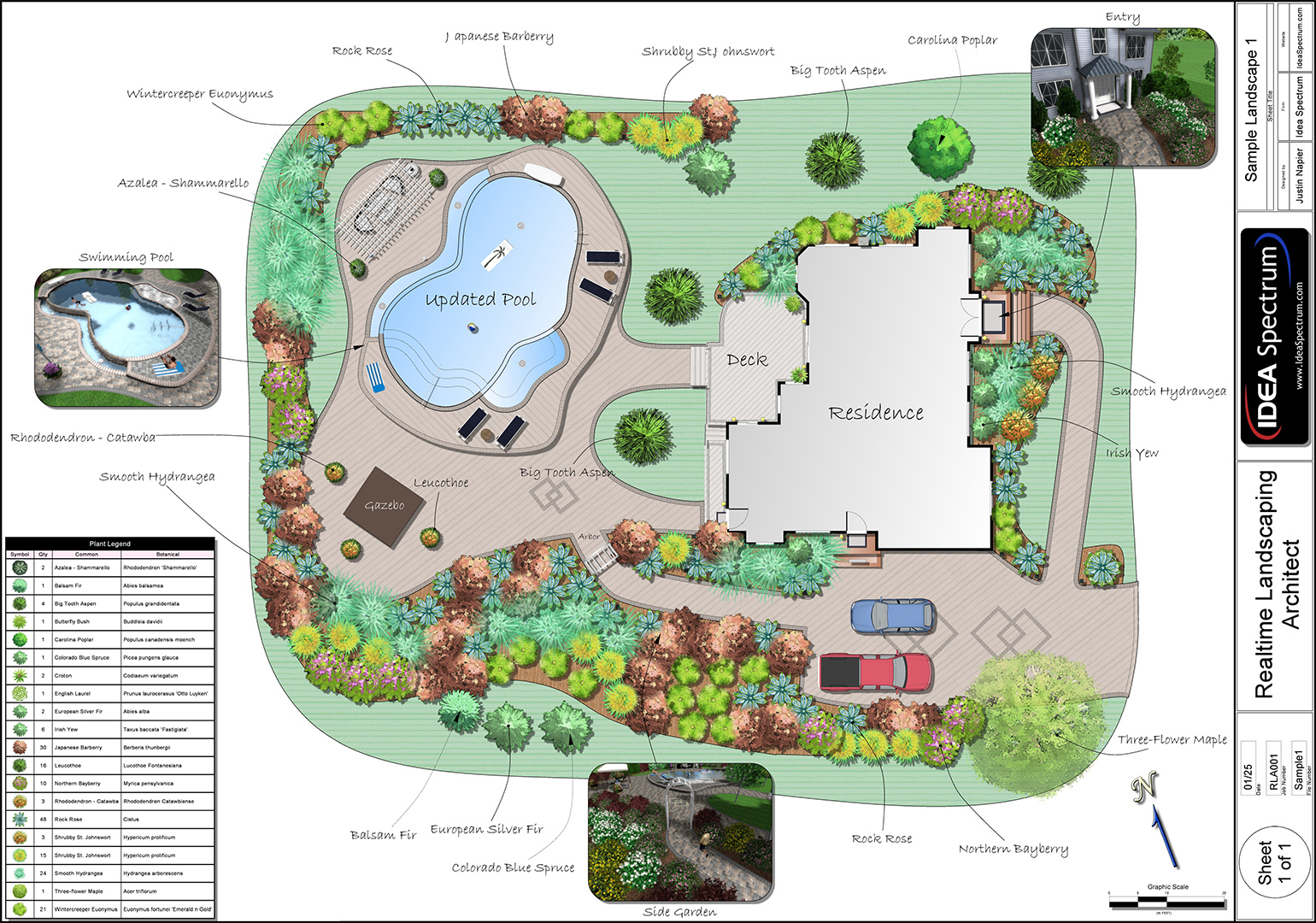Top 10 Most Popular Garden Design Trends to Enhance Your Yard

In today’s rapid world, developing a gorgeous outdoor space has become a high focus for many homeowners. Garden design not only boosts the decorative appeal of your land but also plays a crucial role in boosting its worth and functionality. With the right design, you can change your garden into a mesmerizing sanctuary that displays your individual style while providing a serene getaway from the rigors of daily life.
As we explore through multiple styles and trends in landscaping, it’s crucial to understand the pros of investing in expert services versus taking on DIY tasks. Whether you are aiming to establish a lush lawn, a colorful garden, or a inviting outdoor living area, knowing the most recent landscaping trends can assist inform your plans and inspire your outdoor sanctuary. This write-up will explore the top 10 landscaping trends that can genuinely enhance your home and enhance your outdoor ambiance.
The Benefits of Quality Landscaping
Committing to professional landscaping may greatly boost the visual appeal and practicality of your garden. Professional landscapers have the skills to create and implement a plan that matches with your desires while considering factors such as temperature, soil type , and site conditions . Their thoughtful approach not only makes attractive your home but can also offer appealing outdoor areas for relaxation and enjoyment, elevating your quality of life .
Beyond instant aesthetic appeal, expert landscaping contributes significant worth to your property . Well-designed landscapes are reported to raise a home's market value by as much as 15 percent points . A nicely kept yard can entice potential buyers and set your property ahead in a competitive market. By upgrading your exterior area , you are not just committing to visual appeal but too in the future worth of your home.
Moreover , employing a landscaping service guarantees that your expenditure is carried out with precision and attention . Professionals are supplied with the necessary tools and understanding to steer clear of frequent landscaping errors , such as ineffective plant selection or faulty irrigation systems. Their advice helps keep the health of your landscape, providing a vibrant , colorful environment that keeps gaining value over time.
Important Gardening and Yard Care Techniques
Maintaining a lush lawn demands consistent effort and knowledge of effective methods. One of the the crucial elements is adequate watering. Many lawns require about one inch of water per week, either from precipitation or watering systems. It is advantageous to water profoundly but more frequently to encourage deep root growth. Soil aeration also has a significant role in lawn health, as it enables air, water, and nutrients to infiltrate the soil, alleviating consolidated ground and promoting a vibrant green lawn.

Fertilization is another essential practice to nourish your lawn. The definitive guide to lawn fertilization emphasizes knowing the appropriate type of fertilizer for your grass and the specific nutrients it requires throughout the year. Regularly scheduled soil tests can help identify nutrient deficiencies and inform your fertilization strategy. In addition to fertilization, implementing effective weed control methods can stop invasive species from taking resources from your healthy grass.
Furthermore, regular lawn maintenance tasks such as cutting and edging significantly enhance the overall look and health of your yard. Maintaining the right mowing height is crucial; cutting too short can weaken the grass, while longer grass can help shade out weeds and retain moisture. Periodic lawn care practices also help prepare your yard for shifting weather, ensuring that it stays robust through spring growth, summer heat, fall transitions, and winter resilience.
Eco-friendly Gardening Techniques
Eco-friendly landscaping involves designing a garden that is not only ecologically sustainable and practical. One key method is the utilization of indigenous plants, which require fewer water and maintenance compared to non-native species. By selecting click site that naturally thrive in your region, you also lessen the need for irrigation and fertilizers and create habitats for local wildlife. This approach enhances biodiversity and helps sustain the ecological balance in your yard.
Another important aspect of sustainable landscaping is implementing water-wise gardening, a method designed to create a water-efficient landscape. This method focuses on maximizing water conservation through enhancing soil quality, effective irrigation techniques, and water-wise plants. By organizing your landscape based on water needs, you can create beautiful areas that require little water, ultimately reducing your environmental footprint and lowering your water bills.
Finally, incorporating compost and organic materials into your landscaping can improve soil health and promote a vibrant ecosystem. Composting kitchen scraps and yard waste cuts down on landfill waste and enriching the soil with vital nutrients. This technique also supports plant growth but also minimizes the need for synthetic fertilizers, which can be harmful to the environment. By adopting these sustainable landscaping techniques, homeowners can contribute to a happier planet while enjoying a visually appealing outdoor space.
